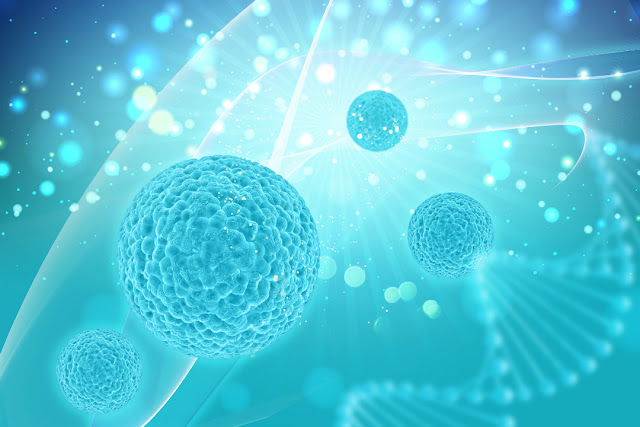Stem cells differ from other cells
Stem Cell Basics - Introduction:
You may be amazed by the fact that human body is made up of approximately 35 billion of cells and these cells are categorized into approximately 200 terminally differentiated or matured cell types. These terminally differentiated or matured cell types are highly specialized, and have an ability to perform specific tasks or functions in a multicellular organism. All terminally differentiated cell types have common origin, ie from “Stem Cell”. Cells that have an ability to divide and differentiate into terminally differentiated or matured cell types and tissues are termed as Stem Cells.
Stem cells differ from other cells types by two important characteristics:
- They are unspecialized cells capable of renewing themselves through cell division, sometimes after long periods of inactivity.
- Under certain physiologic or experimental conditions, they can be induced to become tissue or organ-specific cells with special functions.
Once terminally differentiated or matured cells are formed, they lost their ability to divide further and observe a truncating life span. For example enterocyte, specialized for absorption of nutrients are alive for 4-6 days and red blood cells maintain functionality for 120 days. It is also observed that even those specialized cells that have not lost the ability to divide can undergo cell cycle for only 50–60 times (Hayflick limit).
In order to maintain the structure and function of tissues composed of cells that die or have a limit in their mitotic activity, pools of defective cells or dead cells should be replaced with young and healthy cells. This replacement activity is carried out by stem cells. They serve as the body’s repair system by revitalizing themselves and replenishing more specialized cells in the body. This capability of stem cells to replace dead or defective cells helps in the treatment of patient suffering from disease or defects. In organs, such as the gut and bone marrow, stem cells divide to repair and replace defective or damaged tissues. In other organs such as pancreas and heart, stem cells only divide under some special conditions.
Click here to Continue Reading
For more updates visit HarNeedi.com


Comments
Post a Comment